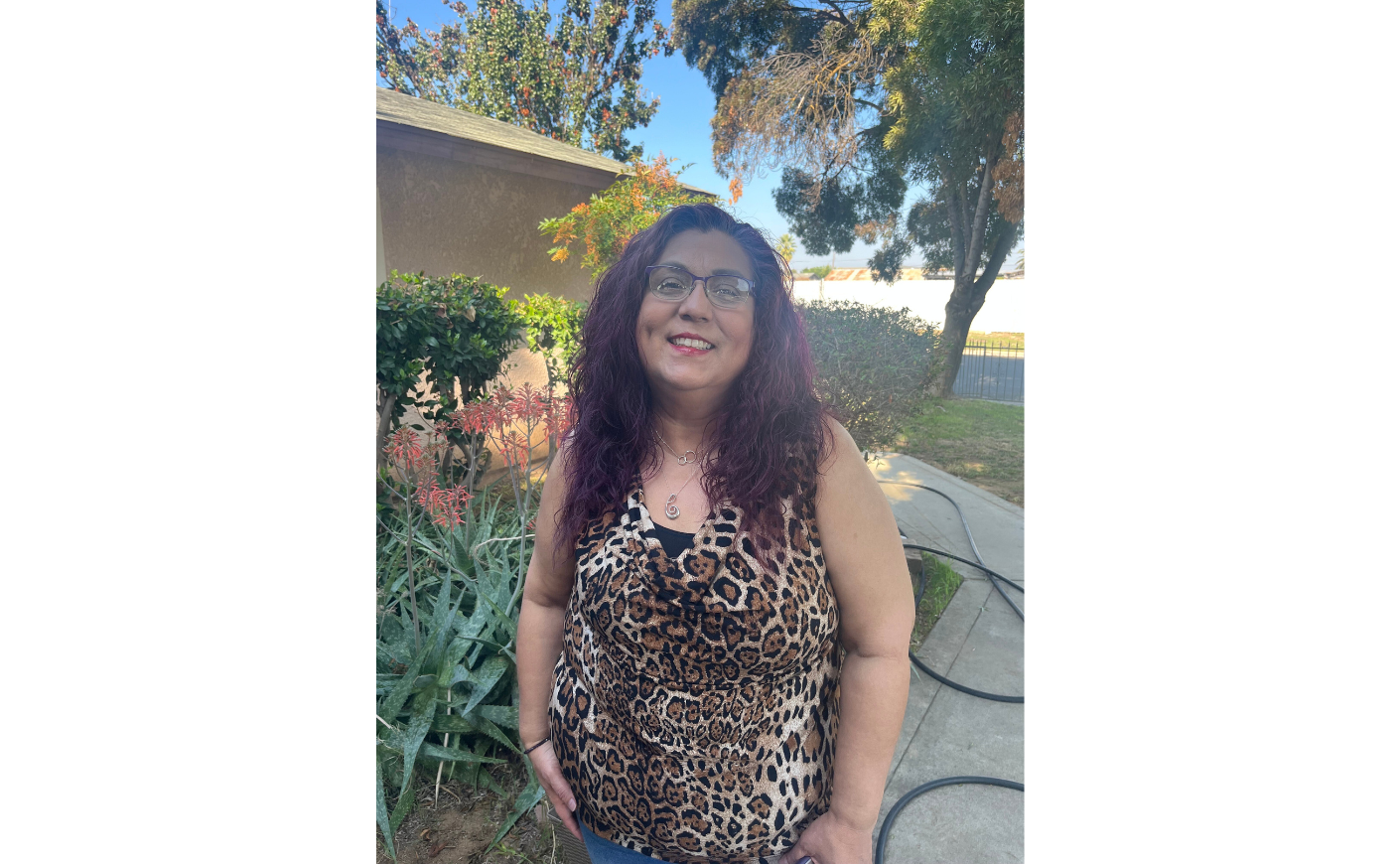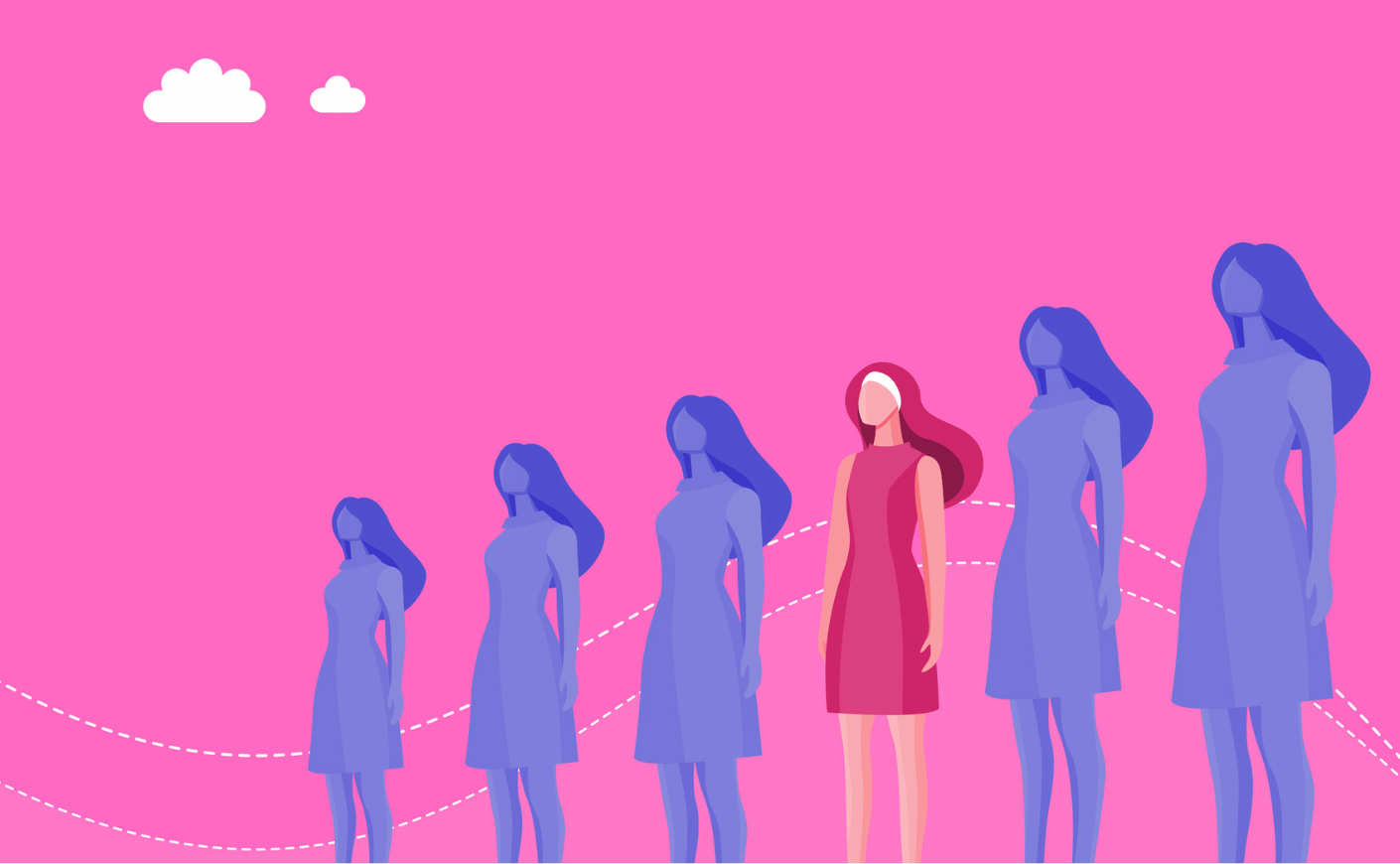In 2003, 36-year-old Alycia Villasana was running a childcare program out of her home, mentoring early childhood education students and caring for neighborhood children. Her days were filled with giggles, toys, and the comforting rhythm of routine. “I loved being around the kids,” Villasana says. “They were like a part of my family.”
One morning, as one of the children threw tiny arms around her in an enthusiastic hug, a sharp pain shot through her chest. It wasn’t the fleeting tenderness she sometimes felt each month — it lingered, deep and strange. A few days later, she found a pea-sized lump on her right breast. When she told her doctor, she was reassured that she was “too young for breast cancer.” Two days later, she learned otherwise. A mother to two young boys, Villasana suddenly began a journey with breast cancer that would change her life.
After surgery and five years of treatment, Villasana returned to regular life, raising her sons and continuing her work in childcare. For more than a decade, her follow-up mammograms were normal, and cancer felt like something in the past. But in her early 50s, she noticed shortness of breath and a deep ache in her side. In 2019, at 53, she learned her breast cancer had returned as stage four metastatic disease that had spread to her lungs.

This time was different for many reasons, not least her stage of life. She’s weathered more than surgeries and scans, navigating the disorienting in-between of midlife treatment, where your body, family roles, and even sense of self can feel upended. Her experience sheds light on what many women after 50 face: the physical, emotional, and practical challenges that don’t make it into cancer pamphlets but define what day-to-day survival really looks like. Through this second battle, Villasana learned hard-won lessons about resilience, self-advocacy, and saying yes to support that can help others facing treatment later in life.
Now 59, Villasana reflects on everything this chapter has taught her about her body, her family, and the power of speaking up for herself.
Accept help when you’re used to giving it
For most of her life, Villasana was the caregiver (for her husband, children, students, and aging parents). But after Easter this year, she missed a step on the stairs and fractured both ankles. Suddenly, she relied on her adult sons to drive her to appointments, bring her meals, and even mop the floors she used to clean herself.
“Asking for help is hard, and when it arrives, it’s often not on par with the way you’d do it,” she says. “But you take it anyway. That’s their version of love.”
Learning to delegate didn’t come easily. Even when her family tried, their efforts sometimes fell short, but they were making a genuine attempt. Villasana discovered that being specific and saying exactly what she needed helped everyone feel less overwhelmed. Over time, she began to see caregiving as a shared act of love.
Build your support team before you need it
During treatment, Villasana developed a severe infection that left her too foggy to open her laptop or make phone calls. “When you’re sick, you don’t have the bandwidth to research anything,” she says. “You need someone who can do that for you.”
Only later did she learn her hospital offered financial assistance and patient programs she’d never been told about. After connecting with a nurse navigator, she finally received help applying for aid and managing her care. The experience taught her the importance of having an advocate who can speak up and organize support when you can’t.
Care for your mind as much as your body
The physical toll of breast cancer treatment is relentless, but the emotional strain can be just as consuming. Between medication changes, hospitalizations, and fatigue, Villasana reached a breaking point.
“When I was in pain, I got into a negative headspace and the more negative I got, the worse the pain felt,” she says.
Therapy, along with gentle practices like yoga nidra and online art classes, gave her new tools to quiet her mind when her body couldn’t keep up. It also reminded her that mental health care isn’t indulgent, it’s essential.
Redefine what control looks like
Breast cancer after 50 often means unpredictable cycles of progress and setback. Villasana learned this when shingles forced her to pause treatment, and later, when blood clots in both lungs sent her to the ICU. “Every time you stop treatment, you think, are my cancer cells having a party?” she says. “You just never know.”
Over time, she found control not in outcomes, but in preparation — by learning to ask questions, track her own side effects, and advocate for what she needed when doctors dismissed her concerns. That small act of self-awareness helped her feel steadier when everything else felt uncertain.
Say the unsaid
Midlife cancer also brings taboo topics like loneliness, intimacy, and the invisibility that can come with age to the surface. Villasana often felt excluded from both younger survivor circles and senior support groups. “You look at support groups or research studies, and it’s always 40 and under, or 65 and over,” she says. “So what about the rest of us in between?”
Discussing intimacy was met with discomfort. After a hysterectomy, she struggled to get answers about physical changes or treatment options. “They look at you like you’re too old to want that kind of joy,” she says. “But why shouldn’t we still want to feel alive?”
By speaking openly about these realities — body image, sex, fear — Villasana is helping to normalize conversations that too many people have been taught to avoid.
Find light in the dark
Villasana says her life is a roller coaster of gratitude and grief that shifts day to day. “You can be thankful and sad at the same time,” she says. “That’s being human.”
Through support groups, therapy, and the community she has built, she has learned that strength isn’t about pretending everything’s fine. It’s about allowing both emotions to exist at once — joy for the good days, and grace for the hard ones.
For many, breast cancer after 50 is more than a diagnosis — it’s a complete rewriting of life’s rhythm. The body slows down, the roles shift, and the medical system can feel impossible to navigate. But as Villasana’s story shows, asking for help, finding your people, and allowing yourself to feel every part of the journey can make the path a little less lonely.
“We can’t do this alone,” she says. “But together, we remind each other we’re still here and still living.”









